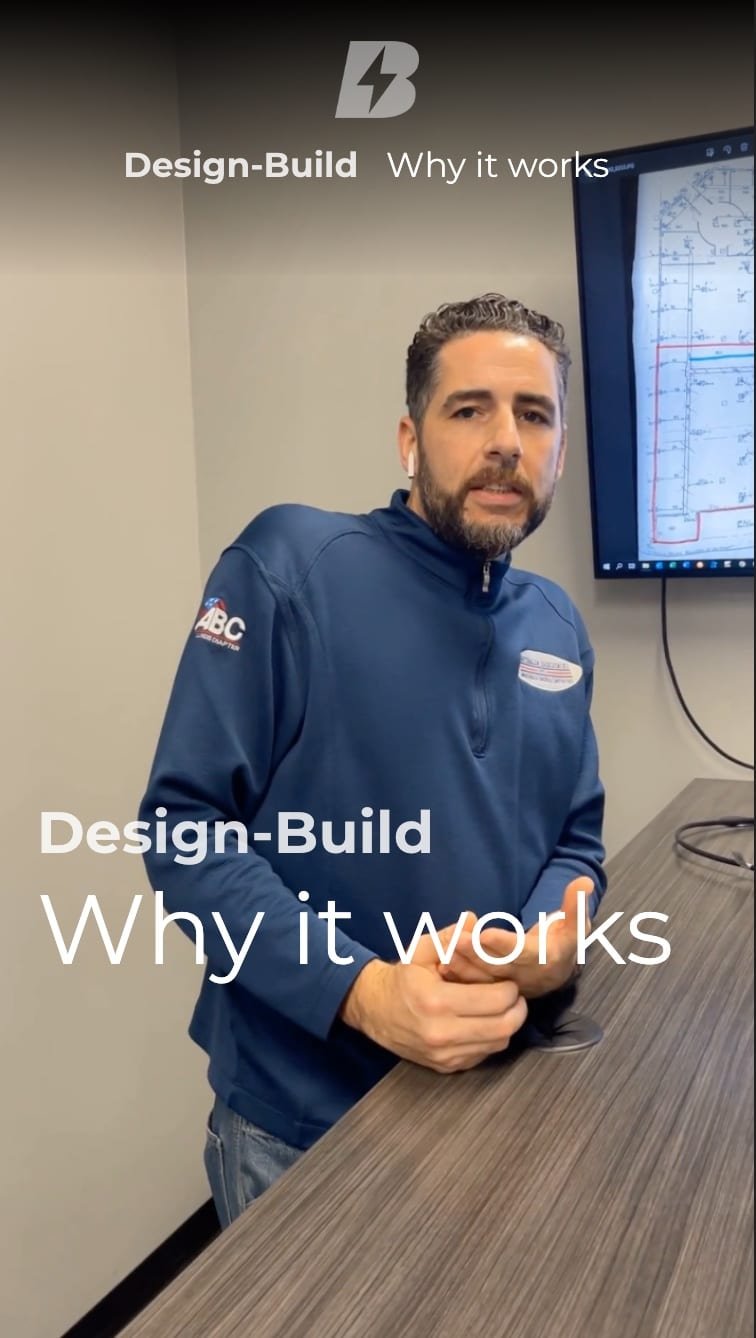Design-Build: Why It Works
Design-build, a collaborative approach in the construction industry, offers a streamlined process where the project owner first presents their vision to the General Contractor (GC). This initial concept is then relayed to us, allowing for the creation of a preliminary budget. Upon receiving approval, this concept, alongside the budget, is guided through the engineering phase, ensuring consistency from the original vision to the final engineered plans.
In the broader context of the design-build community, this methodology is lauded for its integrated approach, which contrasts with traditional methods where the engineering design often precedes budget considerations, leading to potential discrepancies between the engineer's designs and the project's financial constraints. In our design-build process, the focus is on aligning the project scope with the budget from the onset, thereby enhancing efficiency and reducing the likelihood of costly modifications later in the project.
This approach resonates with the key principles of the design-build philosophy, which emphasizes collaboration, integration, and communication among all stakeholders. It ensures that the owner's vision is not only understood but also feasibly incorporated into the project from the beginning. Additionally, it allows for more effective management of resources and time, as the design and construction phases are more closely aligned and coordinated.
Moreover, the design-build model fosters a more harmonious and transparent relationship between the owner, the GC, and the design team. This synergy is instrumental in preempting potential issues, allowing for more innovative solutions, and maintaining the project's integrity in terms of both quality and cost-effectiveness.
Overall, the strength of the design-build approach lies in its ability to streamline project delivery by maintaining a clear and consistent vision from the concept stage through to engineering and construction, aligning all parties towards a common goal.







